
After a long winter nothing brings more joy than seeing the first signs of spring. With a little planning and patience, you can amplify and enhance this feeling of delight by incorporating masses of minor bulbs into a lawn or garden bed. Here are a few of the tiny, lesser-known treasures that can be used to flood almost any garden with color before the trees leaf out in spring:
- Alpine squill (Scilla bifolia, Zones 3–8)
- Snow crocus (Crocus tommasinianus, Zones 3–8)
- Glory-of-the-snow (Chionodoxa forbesii, Zones 3–8)
- Grape hyacinth (Muscari spp. and cvs., Zones 4–8)
- Checkered lily (Fritillaria meleagris, Zones 3–8)
- Golden garlic (Allium moly, Zones 3–9)
- Late tulip (Tulipa tarda, Zones 3–8)
Learn more: Plant a Succession of Unique Spring-Flowering Bulbs

Minor bulbs look best en masse
Because the flowers and foliage of minor bulbs are small, aim big when you plant them. Larger bulbs are often purchased and planted in groups of dozens or perhaps hundreds, but minor bulbs planted by the hundreds or even thousands will make the biggest impact. Most of the varieties listed will produce seed and naturalize to create dense carpets of vibrant color over time. Plant a single species to create a dramatic effect, or mix different varieties together to create dynamic combinations that become richer over time as seedings take root and increase the number of flowers. If you wish to create specific combinations of bulbs that blend together, it may be useful to outline your planting areas with different colors of spray paint.

Find a location where your bulbs will thrive
A great place to site your planting is under the canopy of large deciduous trees, where the turf may be sparse due to a lack of light in midsummer. Another ideal location is in large or even small lawn areas, a planting style sometimes known as a bulb meadow. One caveat when incorporating naturalized bulbs into a lawn: in order for the bulbs to proliferate, you’ll either need to avoid mowing until the bulb foliage senesces or adjust your mower height to a minimum of 4 inches to avoid cutting the majority of bulb foliage. Minor bulbs work equally well in mixed border plantings where other later emerging and blooming perennials will help to cover up the declining bulb foliage.

Planting minor bulbs is a simple process
Due to their small size, shallow holes are all that is needed. The rule of thumb for planting all bulbs is that the distance from the top of the bulb to the soil surface should be two times the height of the bulb. For example, if a bulb is 1 inch tall, it should be planted in a hole that is 3 inches deep.

When spacing small bulbs there is no need to be fussy. After blending a bulb combination together in a large bucket, simply scatter handfuls of bulbs across the designated planting area and tuck them into the ground where they fall for a naturalistic effect.

With the wide selection of minor bulbs on the market the sky is the limit when it comes to creating dynamic tapestries of early spring color. I encourage you to be bold, be creative, and try a few unusual combinations of these little garden gems that pack a large punch.
—Adam Glas is a garden supervisor and rosarian at the Scott Arboretum of Swarthmore College in Swarthmore, Pennsylvania.
Photos, except where noted: Adam Glas
To see a reader’s garden filled with early color, check out Margot’s Winter Garden
For more information on planting and designing with spring-blooming bulbs, check out these articles:
- Naturalizing Spring-Blooming Bulbs
- Extraordinary Spring Bulbs to Plant in Fall
- Inspiration for Spring Bulb Design
- Fill Winter with Flowers
Fine Gardening Recommended Products
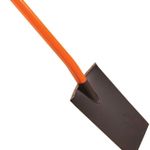
King Of Spades Nursery Spade
Fine Gardening receives a commission for items purchased through links on this site, including Amazon Associates and other affiliate advertising programs.
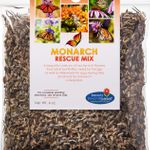
Monarch Butterfly Rescue Wildflower Seeds 4 oz.
Fine Gardening receives a commission for items purchased through links on this site, including Amazon Associates and other affiliate advertising programs.
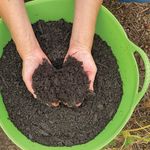
Gardener's Supply Company Large Garden Tubtrug
Fine Gardening receives a commission for items purchased through links on this site, including Amazon Associates and other affiliate advertising programs.



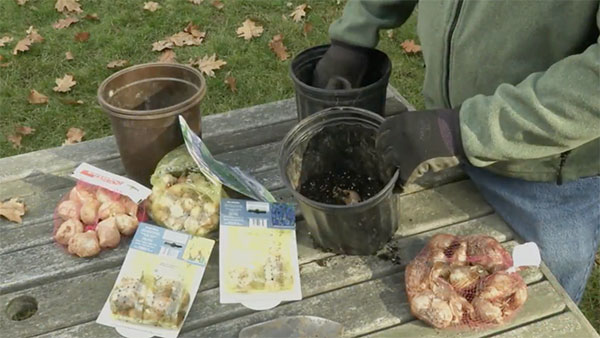
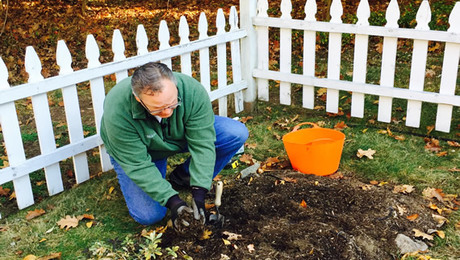














Comments
Log in or create an account to post a comment.
Sign up Log in